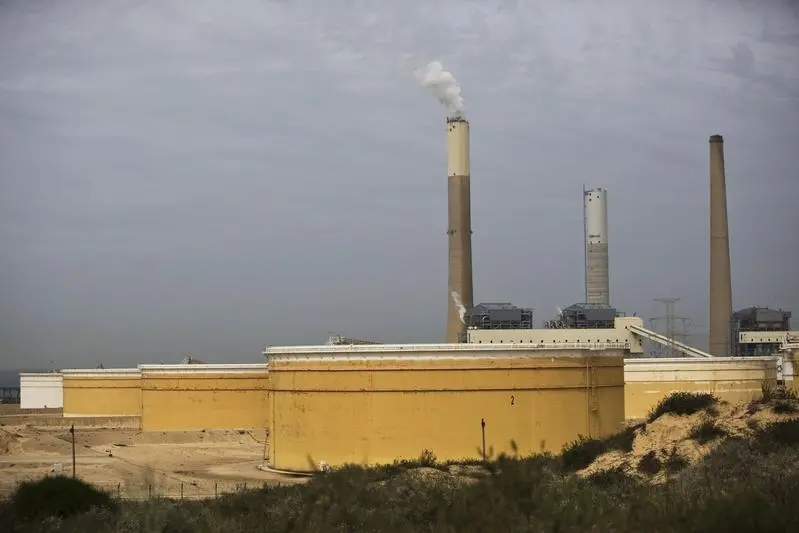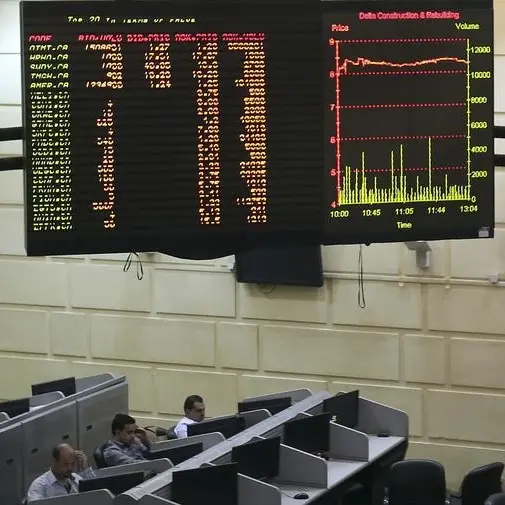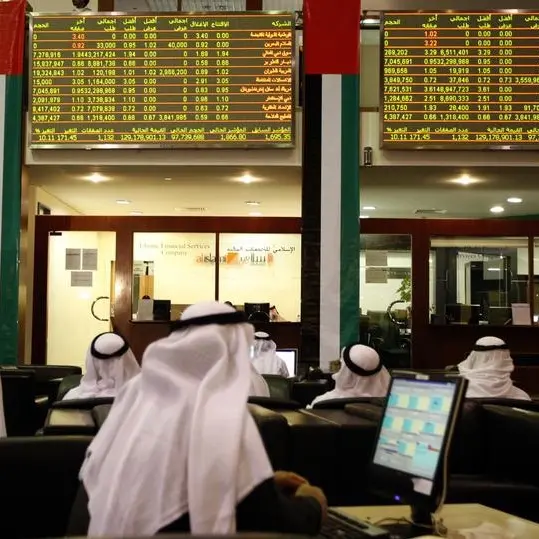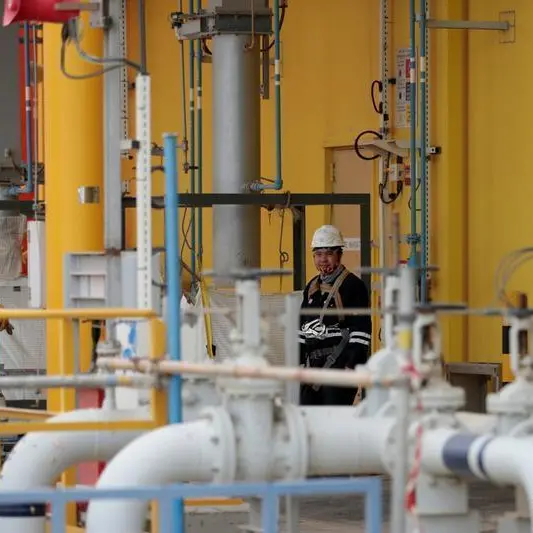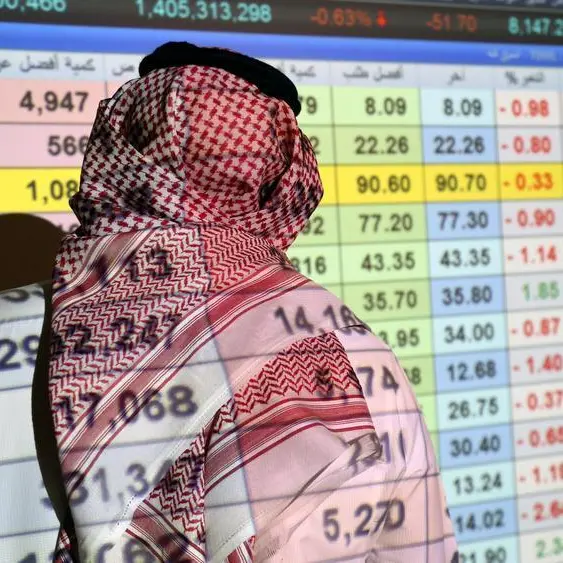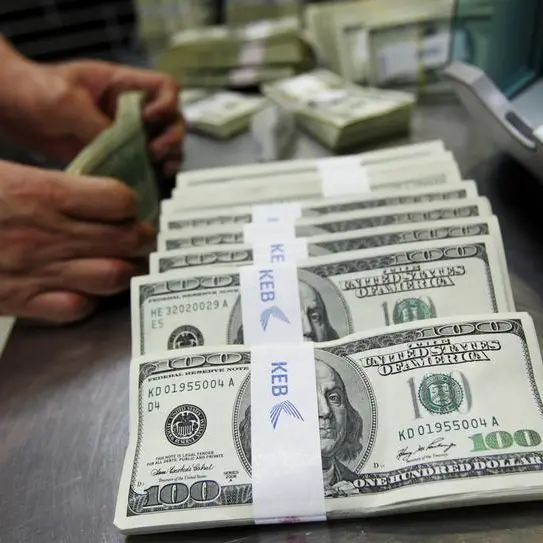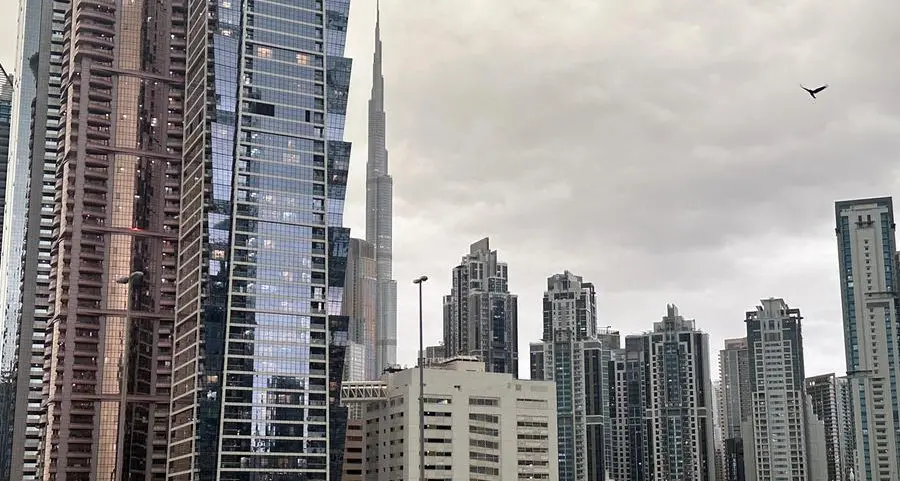PHOTO
SINGAPORE - Iran is pushing to retain customers for its oil in Asia, hoping that price reductions will boost the appeal of its crude compared with other Middle Eastern supply even as the potential threat of further U.S. sanctions on the country looms.
The National Iranian Oil Company has in the last few weeks offered spot cargoes, ranging from light to heavy grades, to its term buyers in Asia, after setting December prices at the lowest in years against comparable Saudi grades, three sources with knowledge of the matter said.
The sources declined to be identified as they were not authorised to speak with media, while NIOC was not immediately available for comment.
That comes as U.S. Congress has until mid-December to decide whether to reimpose sanctions on Iran that were lifted in exchange for it limiting its nuclear activity, with President Donald Trump disavowing Tehran's compliance with the terms of that deal.
"The threat of U.S. Congress sanctions has put pressure on Iran to 'firm up' markets via discounts and freight adjustments for its crude," said Tilak Doshi, consultant at Muse & Stancil in Singapore.
NIOC first cut the official selling price (OSP) of Iran Heavy crude against Saudi's Arab Medium grade for October, before lowering it again for December. That puts the Iran Heavy price for December at the widest discount against Arab Medium in over a decade, data on Thomson Reuters Eikon showed.
Meanwhile, price cuts for Iranian Light placed the oil at its lowest premium in two years against Saudi Arabia's Arab Light.
The discounts were made to retain existing buyers of Iranian oil, which already have government-backed arrangements in place from when the original western sanctions hit Iran's oil exports in 2012-2014, the sources said.
Japanese and Indian buyers responded to the price cuts for October by increasing imports and are expected to keep volumes elevated due to competitive prices, trade sources said.
Iran's offers for December come weeks before the Organization of the Petroleum Exporting Countries and non-OPEC producers meet on Nov. 30 to decide whether to extend a deal to cut production and support prices.
They also follow rising Basra crude exports from Iraq and an increase in Qatari supplies in January that have been putting Iranian grades under pressure, said Ehsan Ul-Haq, director of crude oil and refined products at consultancy Resource Economist.
Still, traders and analysts do not expect a repeat of the battle for market share that was waged prior to OPEC's 2016 supply cut deal, with Tehran set to maintain steady output of about 3.8 million barrels per day and exports of 2.4 million-2.6 million bpd.
"They have maxed out their (export) volume unless they can increase production further," said a trader who handles Iranian oil.
(Reporting by Florence Tan in SINGAPORE; Additional reporting by Chen Aizhu in BEIJING, Osamu Tsukimori in TOKYO, Jane Chung in SEOUL and Parisa Hafezi in ANKARA; Editing by Joseph Radford) ((Florence.Tan@thomsonreuters.com; +65 6870 3497; Reuters Messaging: florence.tan.thomsonreuters.com@reuters.net))
The National Iranian Oil Company has in the last few weeks offered spot cargoes, ranging from light to heavy grades, to its term buyers in Asia, after setting December prices at the lowest in years against comparable Saudi grades, three sources with knowledge of the matter said.
The sources declined to be identified as they were not authorised to speak with media, while NIOC was not immediately available for comment.
That comes as U.S. Congress has until mid-December to decide whether to reimpose sanctions on Iran that were lifted in exchange for it limiting its nuclear activity, with President Donald Trump disavowing Tehran's compliance with the terms of that deal.
"The threat of U.S. Congress sanctions has put pressure on Iran to 'firm up' markets via discounts and freight adjustments for its crude," said Tilak Doshi, consultant at Muse & Stancil in Singapore.
NIOC first cut the official selling price (OSP) of Iran Heavy crude against Saudi's Arab Medium grade for October, before lowering it again for December. That puts the Iran Heavy price for December at the widest discount against Arab Medium in over a decade, data on Thomson Reuters Eikon showed.
Meanwhile, price cuts for Iranian Light placed the oil at its lowest premium in two years against Saudi Arabia's Arab Light.
The discounts were made to retain existing buyers of Iranian oil, which already have government-backed arrangements in place from when the original western sanctions hit Iran's oil exports in 2012-2014, the sources said.
Japanese and Indian buyers responded to the price cuts for October by increasing imports and are expected to keep volumes elevated due to competitive prices, trade sources said.
Iran's offers for December come weeks before the Organization of the Petroleum Exporting Countries and non-OPEC producers meet on Nov. 30 to decide whether to extend a deal to cut production and support prices.
They also follow rising Basra crude exports from Iraq and an increase in Qatari supplies in January that have been putting Iranian grades under pressure, said Ehsan Ul-Haq, director of crude oil and refined products at consultancy Resource Economist.
Still, traders and analysts do not expect a repeat of the battle for market share that was waged prior to OPEC's 2016 supply cut deal, with Tehran set to maintain steady output of about 3.8 million barrels per day and exports of 2.4 million-2.6 million bpd.
"They have maxed out their (export) volume unless they can increase production further," said a trader who handles Iranian oil.
(Reporting by Florence Tan in SINGAPORE; Additional reporting by Chen Aizhu in BEIJING, Osamu Tsukimori in TOKYO, Jane Chung in SEOUL and Parisa Hafezi in ANKARA; Editing by Joseph Radford) ((Florence.Tan@thomsonreuters.com; +65 6870 3497; Reuters Messaging: florence.tan.thomsonreuters.com@reuters.net))
